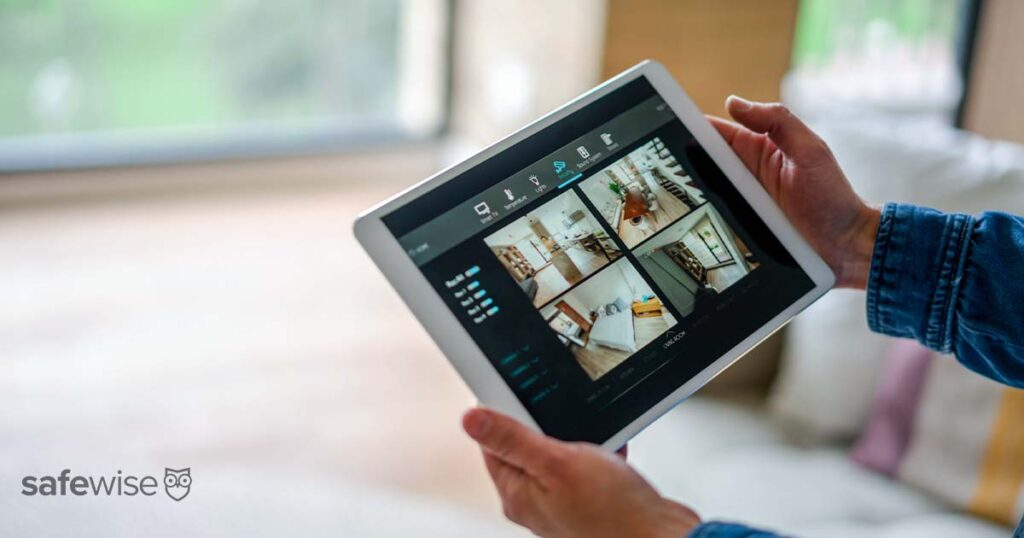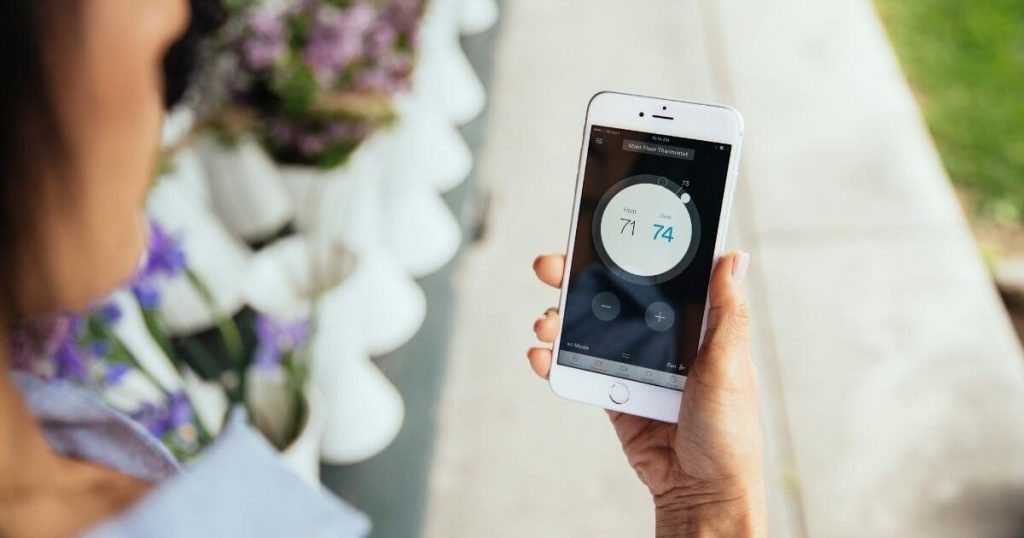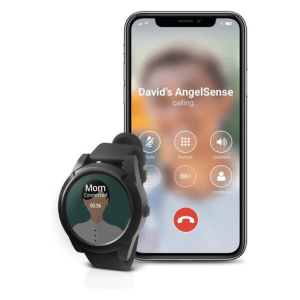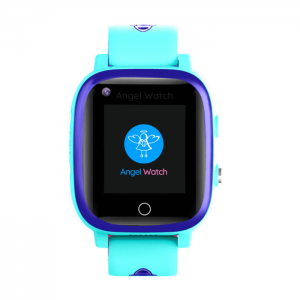It’s natural to want to protect your child from harm, but you can’t be by their side every moment of the day. It’s important they learn to take responsibility for their personal security and know how to stay safe when you’re not around. Teaching them these safety basics is a great start.
9 Things Every Child Should Know About Safety
For over 11 years, SafeWise experts have conducted independent research and testing to write unbiased, human reviews (not robots). Learn more.
By signing up, you agree to our Terms and Conditions and Privacy Policy.
1. Use the buddy system
Don’t wait until your child is a tween to teach them there is safety in numbers. Even toddlers can be introduced to the buddy system and learn that they shouldn’t go anywhere alone.
Tip: Consider getting your child a wearable location device. These devices come in a range of prices and designs and are outfitted with GPS and other tracking technologies that can help you locate your child if they get lost.
2. Never give out passwords
Explain to your kids that you are the only person who should know their passwords. Remind them that giving out their passwords to others (even to friends) can have major ramifications, like someone taking over their social media or email accounts.
Tip: Teach your child how to create a strong password, or use a password manager and generator created especially for kids to ensure their passwords are hard to break.
3. When in doubt, use the family secret code
Create a family secret code, and teach your child that they should not leave a location with anyone who does not know it. Make the code something you, your kids, and their caregivers won’t easily forget, and practice using the code regularly.
Tip: If your child has a cellphone, create a secret text code they can send you to let you know they’re in an uncomfortable situation. Remind them to call 911 in an emergency.
4. Don’t open the door to strangers
Before you leave your child home alone, teach them basic home safety practices, starting with keeping the doors locked. Stress that they should never open your home’s door to someone they don’t recognize, and discuss which family and friends can be let into your home when you’re not there.
Tip: If you have a monitored home security system, teach your child how to arm and disarm the system. You might also consider positioning a security camera at the front door so your child can see who is outside without opening the door.
5. Trust your feelings
From a young age, teach your kids that trusting their gut could help keep them safe. Explain that when a situation or person doesn’t “feel right” there’s often a reason. If your child has a cellphone, remind them to use your family’s secret text code if they feel they can’t call you. You can also invest in a kids smartwatch with an SOS button that calls you directly, or download the Noonlight app to their phone for silent 911 calls.
Tip: Role-playing through various scenarios is a great way to prepare kids for emergencies and help them think about what to do should they feel uncomfortable.
6. Never keep “unsafe secrets”
It’s not uncommon for pedophiles and other criminals to tell a child to keep their activity secret. So it’s important to explain to your child the difference between “safe secrets” and “unsafe secrets,” and remind them they should never keep a secret that makes them feel uncomfortable.
Tip: Reassure your child that you support them, and they can tell you anything — even if they think you might get angry.
7. Call 911 in an emergency
There’s a good chance you’ve already told your child to call 911 in an emergency, but depending on their age and development, they might not know what constitutes a dangerous situation. Talk to your child about when they should call 911, then role-play to help them gain a better understanding. This is a good time to ensure your child can state their full name, age, and address.
Tip: Whether you have a home phone or not, it’s important your child knows how to call 911 from any cellphone in your house. Be sure they can do so without having to enter the cellphone’s passcode.
8. Beware of identity theft
Although identity theft seems like a grown-up problem, it happens to kids too. Kids don’t think twice about posting information like their date of birth, year of graduation, or hometown to their online profiles. Sit down with your child, check their online activity for identifying information, and have them delete it.
Tip: Instead of telling your kids they aren’t allowed to post personal identifying information, explain why it’s a bad idea and they may be more likely to comply.
9. Go to the neighborhood safe house
Identify a neighborhood “safe house,” which is a house your child can go to if they are feeling scared or need help and you’re not home. Make sure your child knows how to get there and, most importantly, that they feel comfortable with the family who lives in the house. Be sure to provide the homeowners with your contact information.
Tip: If you don’t already have one, create a home escape plan, and use the neighborhood safe house as the place your family will meet during an emergency.
Final word
How you go about teaching these safety skills, and your child’s ability to understand and practice them, depends on factors like their age, developmental level, and maturity. The important thing is to start introducing them now so your child will feel more safe and secure when you’re not by their side.
Related articles on SafeWise
Compare the best kid safety products
Amazon.com price as of post date. Offers and availability may vary by location and are subject to change. Read full disclaimer.
*For annual plan, paid yearly.
Amazon.com list price as of post date. Price and availability may vary by location and are subject to change. SafeWise.com uses paid Amazon links.
Recent Articles









